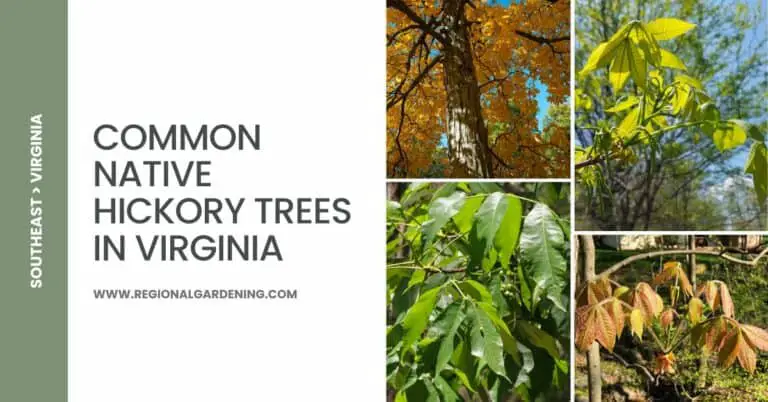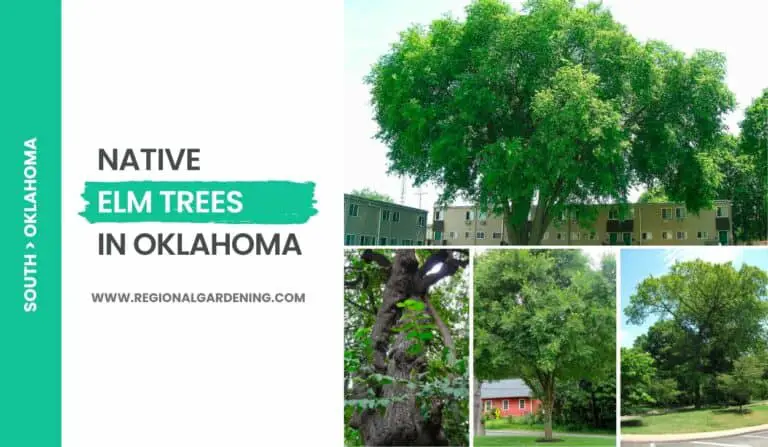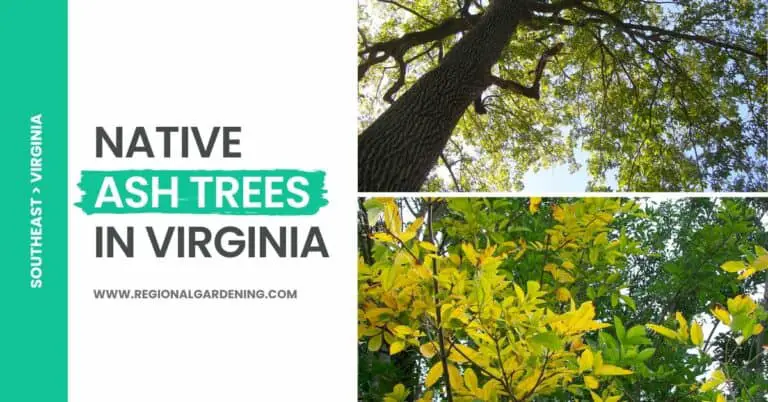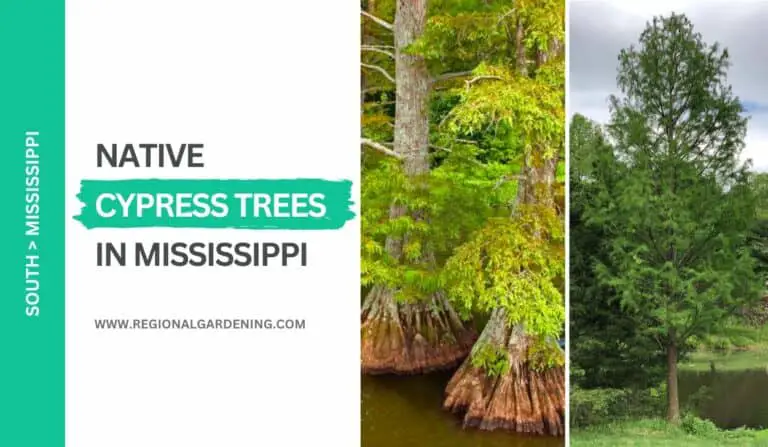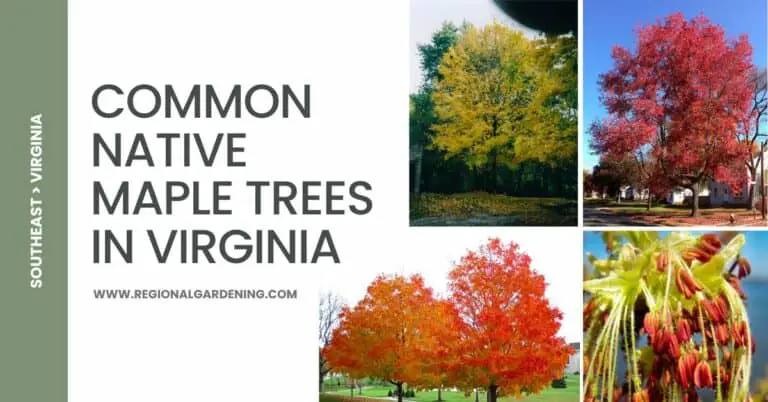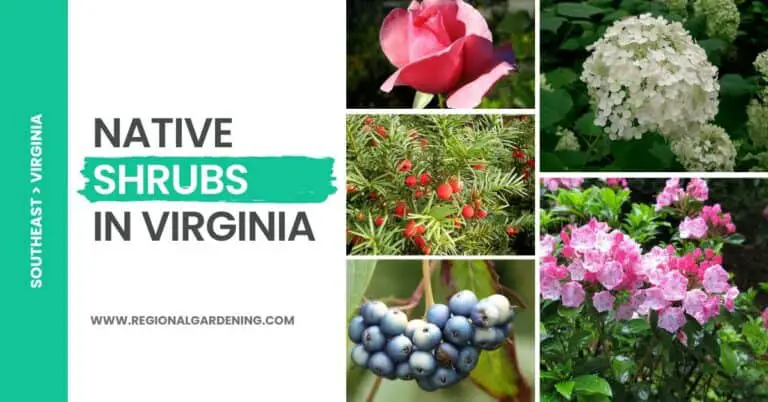2 Native Cottonwood Trees In Georgia (Pictures & Identification)
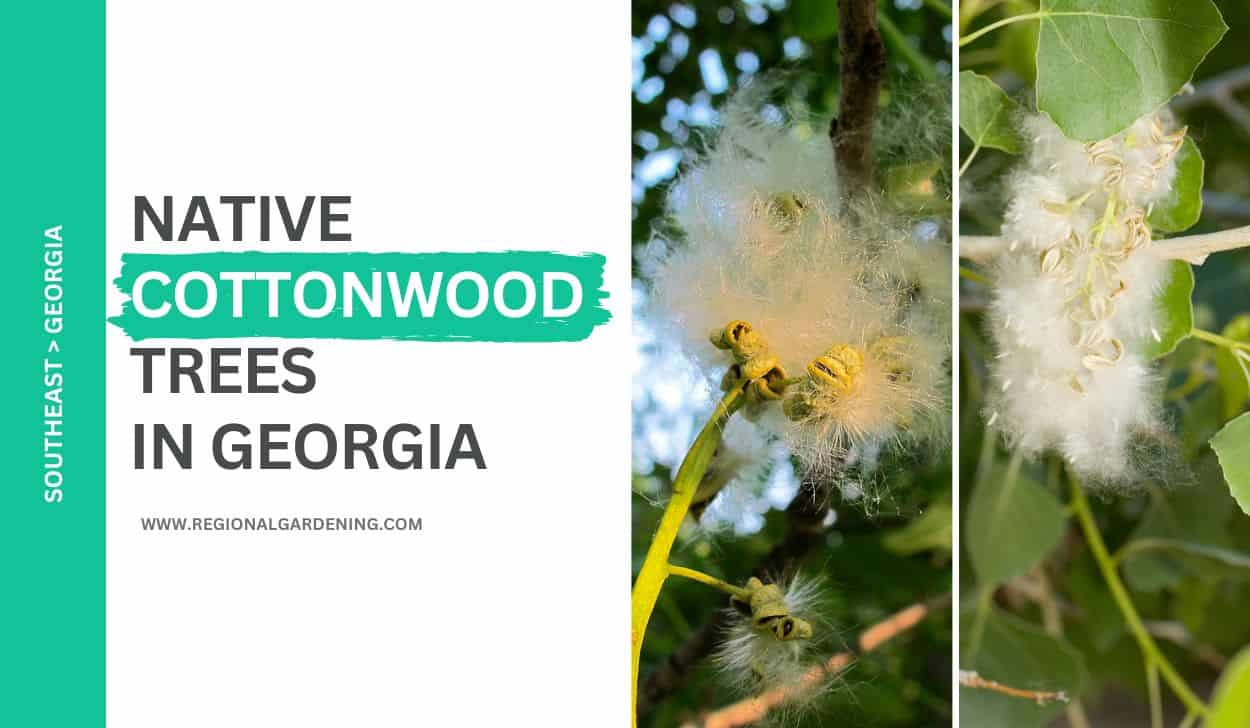
Georgia is home to two native species of cottonwood tree, even though the species is not widely distributed throughout the state. These tall, quick-growing trees are a common sight along the banks of rivers and streams, where they serve important ecological functions like bank stabilization and wildlife habitat provision.
Cottonwood trees serve an important ecological function, but growing them in your backyard is not recommended due to the seeds’ fluffy white appearance, which can clog gutters and air conditioning units. However, gaining knowledge of them is always a good thing, right?
In this article, we will take a closer look at the two native cottonwood trees in Georgia and their unique characteristics.
So, let us begin.
1. Eastern Cottonwood
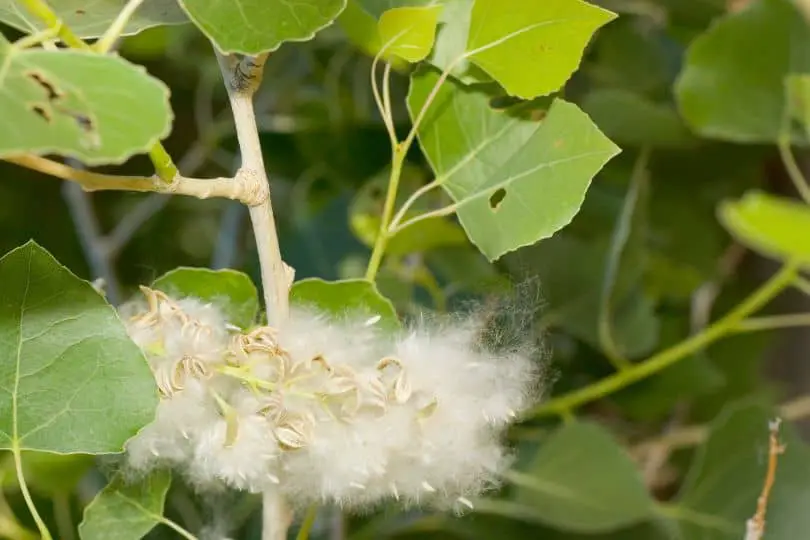
- Common Name: Eastern Cottonwood
- Scientific Name: Populus deltoides Bartr.
- Mature Height: 50 to 75, rarely 90 feet
- Native/Non-Native: Native to North America
- Flowers/Cones: Clusters of small, pointed pods with silky, hairy seeds, borne only on female trees
- Uses: Furniture, box boards, slack cooperage, pulp
The eastern cottonwood tree is a stunning specimen that develops quickly and has its own unique characteristics. Its deciduous leaves are glossy and pale green on top and are the same on the underside.
The leaves are between three and five inches in length and width, and they have a triangular-to-heart form and rounded teeth around the margin. The petiole, or stem, is flattened and ranges in length from 2.5 to 3.5 inches. It has a solid balsamic scent and a petiole or stem that is reddish-yellow. Winter buds have a high resin content.
The crown of the tree is either gracefully open and rounded or symmetrically pyramidal when the tree is young.
Young Eastern cottonwood branches are pale yellow with a green tint, whereas older trunks are scaly, ashy gray with broad, rounded ridges. Only the female trees of this species produce clusters of small, pointed pods that contain silky, hairy seeds.
Eastern cottonwood has a dark brown heartwood and a thick, almost white sapwood. It warps badly when dried and is difficult to season. Nevertheless, it is put to use in the construction of furniture, box boards, slack cooperage, and pulp.
The Eastern Cottonwood tree is endemic to North America and can be found throughout the state, albeit in sparse populations, typically along streams.
2. Swamp Cottonwood
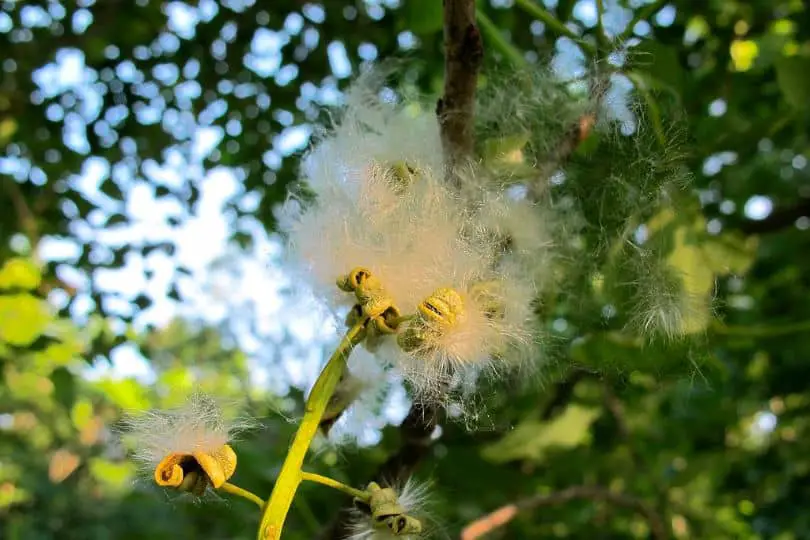
- Common Name: Swamp Cottonwood
- Scientific Name: Populus heterophylla L.
- Mature Height: 80-90 feet
- Native/Non-Native: Native
- Flowers/Cones: Small capsules
- Uses: Low-grade lumber, box boards, crates, pulp
The Swamp Cottonwood is a large, deciduous tree found in coastal river marshes. The tree can grow to be 80-90 feet tall with a trunk diameter of 2-3 feet.
Swamp Cottonwood has large, heart-shaped leaves that can grow to be 7 inches long and 6 inches wide. The upper surface of the leaves is smooth and serrated, while the lower surface can be hairy or smooth. Each leaf has a spherical petiole that is 2 1/2 to 3 1/2 inches in length.
The trunks of young Swamp Cottonwoods are greenish-yellow and have flaky, scaly bark that peels away in broad, flat ridges. The old bark peels off in long, thin plates that are only attached in the middle and mature to a light brown with a reddish tint.
Before its leaves have fully matured, the tree bears fruit in the form of tiny capsules. When fully developed, the capsules take on the appearance of an egg and are a deep reddish-brown color. The wood of the Swamp Cottonwood is pale brown with white sapwood and has an even texture.
The Swamp Cottonwood is commonly used for low-quality timber, box boards, crates, and pulp. The Swamp Cottonwood differs from other southern poplars by having spherical petioles rather than flattened ones.
Cottonwood Trees In Georgia – Frequently Asked Questions (FAQs)
Although cottonwood trees are less common in the state, they are discussed in online forums and threads. In this section, I’ll answer some of the most common questions about native cottonwood trees in Georgia.
Are there any cottonwood trees in Georgia?
Yes, there are cottonwood trees in Georgia. Cottonwood trees are not as common as other native trees in the state, but they can be found in certain areas, particularly in the northern and central regions. They are frequently found growing along rivers and streams, where they thrive in moist soil and lots of sunlight. However, it’s worth noting that cottonwood trees are not as common in Georgia as they are in other parts of the United States such as the Midwest and Western regions.
Where do cottonwood trees in Georgia grow?
Although they are not common, cottonwood trees can be found in some parts of the state. Because they require a lot of water to grow, they are usually found near rivers, streams, and other bodies of water. Cottonwood trees are commonly found in Georgia along the Chattahoochee River and its tributaries, as well as the Ocmulgee River and the Altamaha River. Cottonwood trees can also be found in wetlands and other low-lying areas with plenty of water.
Similar Articles
- Native Oak Trees in Georgia
- Native Pine Trees In Georgia
- Native Hickory Trees In Georgia
- Native Maple Trees In Georgia
- Native Tupelo Trees In Georgia
- Native Plum Trees In Georgia
- Native Magnolia Trees In Georgia
- Native Willow Trees In Georgia
- Native Ash Trees In Georgia
- Native Elm Trees In Georgia
- Native Dogwood Trees In Georgia
- Native Cedar Trees In Georgia
- Native Birch Trees In Georgia
- Common Purple Trees In Georgia
- Common Cypress Trees In Georgia
- Common Palm Trees In Georgia
- Common White Flowering Trees In Georgia
Sources
The Regional Gardening team makes sure that the information in our articles is accurate by only using sources that are known to be trustworthy. Some of these sources are peer-reviewed journals from government agencies, well-known universities, and scientific research organizations.
- Georgia Native Plant Society
- College Of Agricultural & Environmental Sciences, University Of Georgia
- Native Plants Books, Georgia Native Plant Society
- Georgia Forestry Commission
- Native Plants Of North Georgia, University Of Georgia
- Tree Care, Georgia Tree Council


